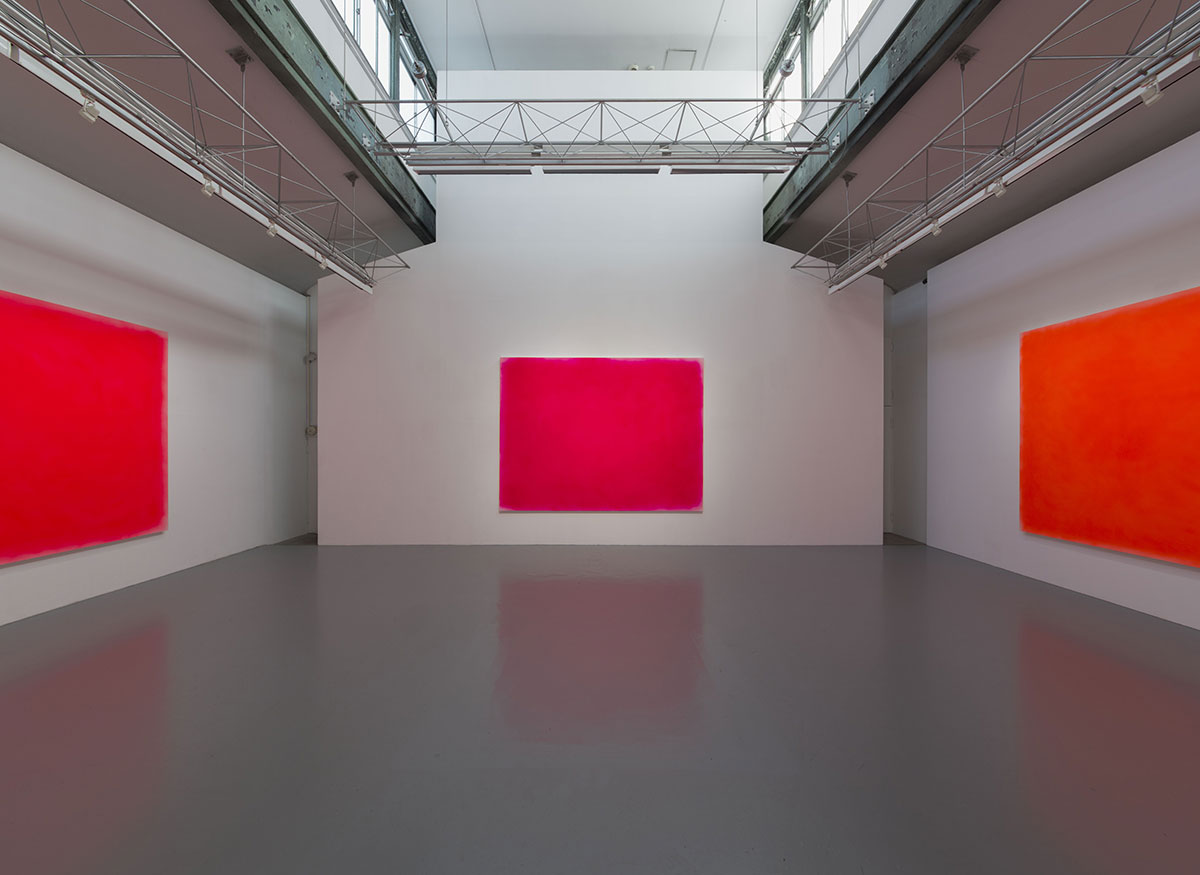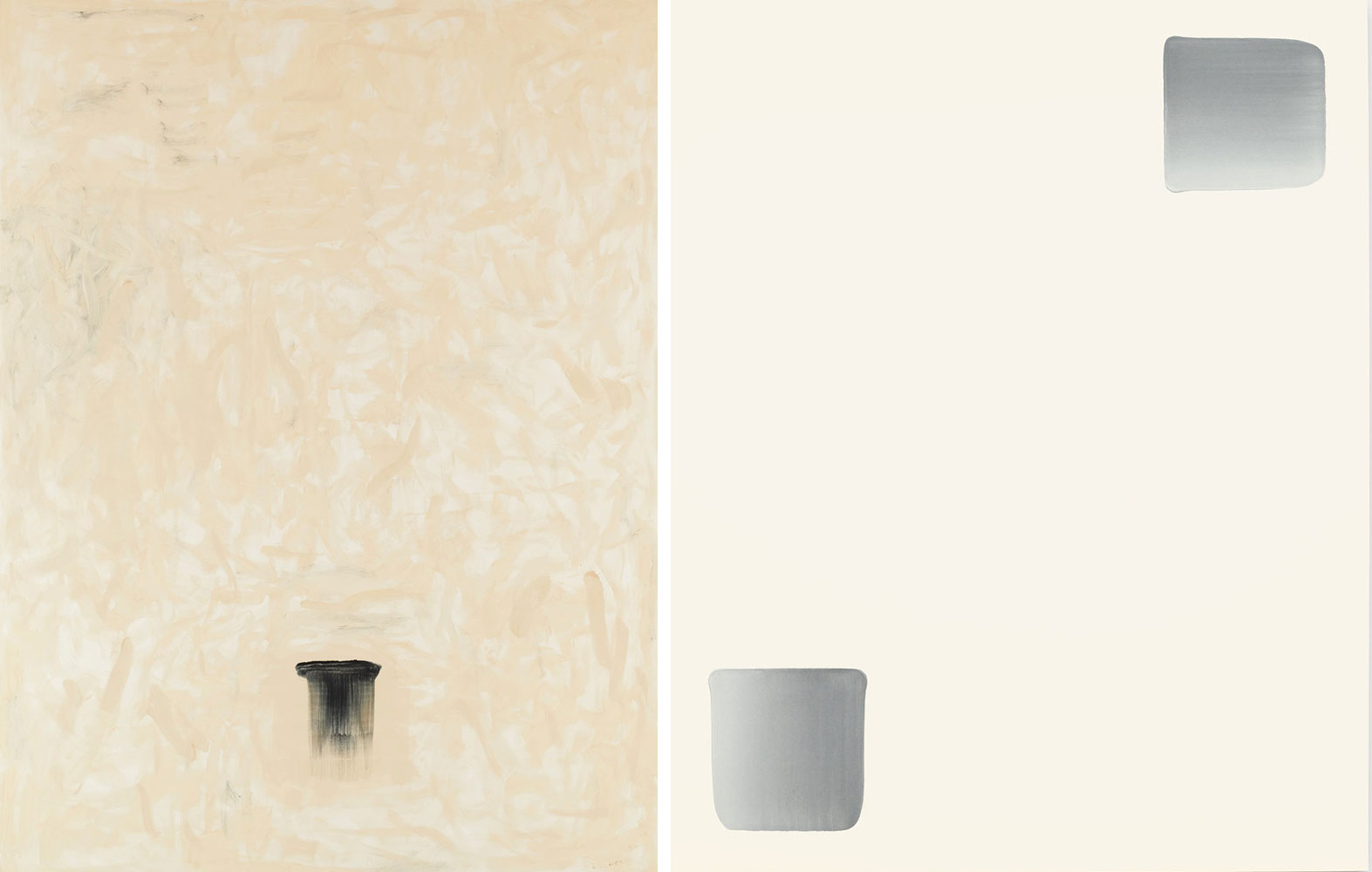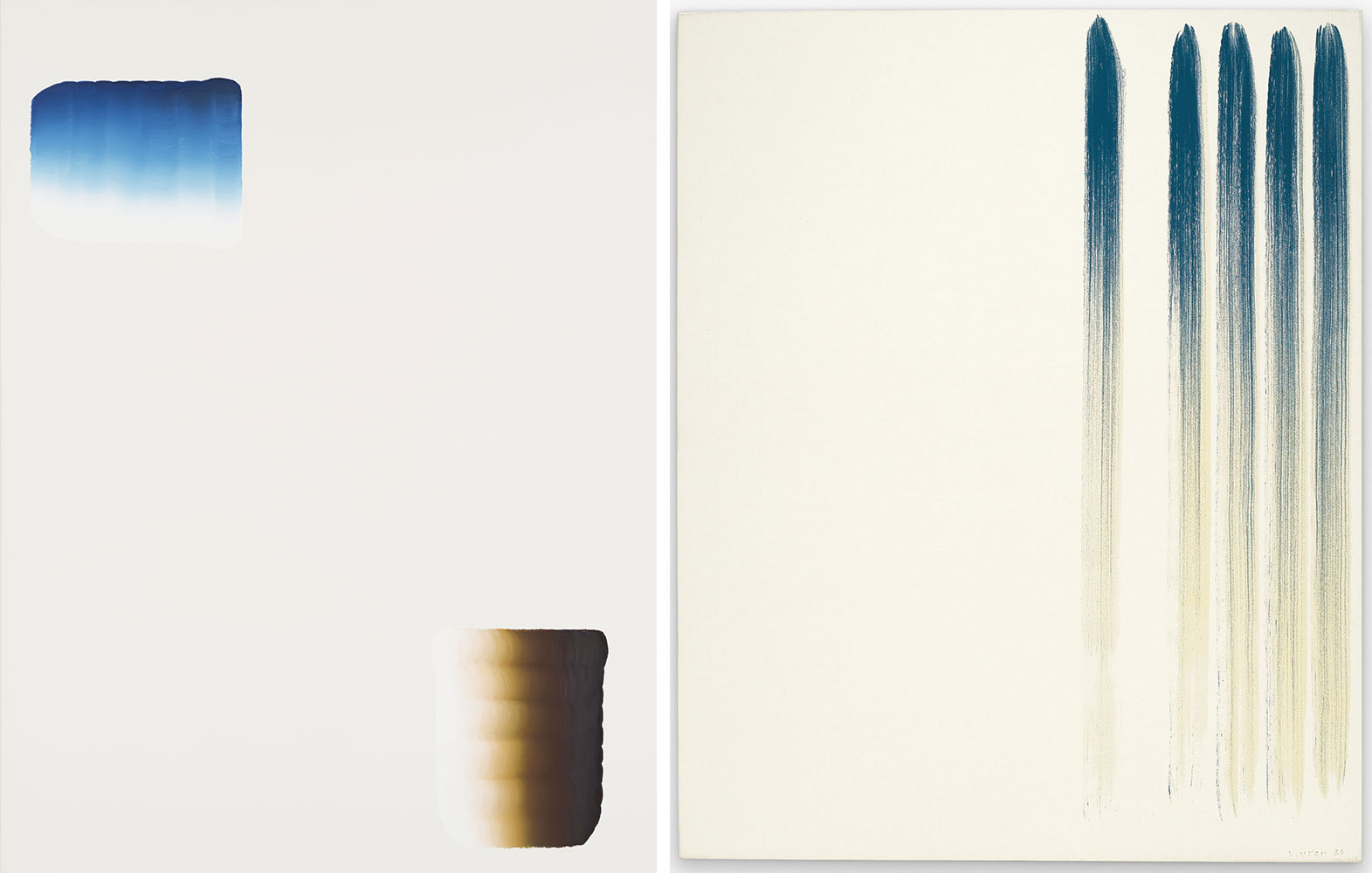PRESENTATION: Lee Ufan
 In the late 1960s and the 1970s Lee Ufan was involved in the Japanese artistic movement Mono-ha and became its spokesman. Using raw and often industrial materials such as steel or iron and found natural objects such as stones, his sculptural works are centred on the essential character and presence of their materials and their interconnections.
In the late 1960s and the 1970s Lee Ufan was involved in the Japanese artistic movement Mono-ha and became its spokesman. Using raw and often industrial materials such as steel or iron and found natural objects such as stones, his sculptural works are centred on the essential character and presence of their materials and their interconnections.
By Efi Michalarou
Photo: National Art Center Tokyo Archive
A major retrospective by Lee Ufan is presented in The National Art Center, Tokyo on the occasion of its 15th anniversary. Eagerly absorbing a wide range of thought and literature from the East and the West in the late ’60s and early ’70s, Lee spearheaded the postwar Japanese artistic phenomenon Mono-ha (School of Things) by combining natural and artificial materials in a temperate manner in both his visual art and writings. Moreover, through his art and writings, Lee evolved a worldview based on the notion that all things are interrelated. This exhibition assembles Lee’s most important works, including everything from his earliest pre-Mono-ha pieces, which considered the problem of vision; the “Relatum” series, which changed the concept of sculpture; and his highly spiritual paintings, which produce a tranquil rhythm. This presentation comprehensively highlights Lee’s development and distinctive character from the dawn of his career in the 1960s to his most recent works. The exhibition is divided into two main sections: one focusing on sculpture and the other on painting. A large-scale stone and stainless steel work is installed in the venue’s open-air exhibition space. Appearing at the beginning of the exhibition are “Landscape I”. “Landscape II” and “Landscape III” (all 1968), a set of three paintings executed with pink fluorescent paint on canvas, which were included in the exhibition Contemporary Korean Painting at The National Museum of Modern Art, Tokyo (1968), and are representative of Lee’s early style. Like the pair of reliefs “Fourth Structure A” and “Fourth Structure B” (both 1968), also employing fluorescent paint, these works produce powerful optical illusions that disrupt the viewer’s vision. With their deceptive optical effects, these works embody trends that flourished in Japan in the late 1960s. “Relatum””, ongoing since around 1968, is a series of three-dimensional pieces primarily comprising combinations of stone, steel, and glass. These materials are largely left unaltered, and rather than concepts or meanings, Lee’s focus is on relations: between object and place, object and space, object and object, object and image. Since the 1990s, Lee has also become more conscious of the dynamics of objects and environments, and has produced works in the “Relatum” series in which stone and steel forms are correlated. His more recent works have tended to be increasingly site-specific, as exemplified by “Relatum – Dwelling (B)” (2017), installed at the La Tourette monastery in France. After being inspired by Barnett Newman’s solo exhibition at The Museum of Modern Art, New York in 1971, Lee recalled the calligraphy he had learned in early childhood and became more interested in the expression of time in painting. The “From Point” and “From Line” series of paintings, launched in the early 1970s, present color in the process of gradually fading. These systematic series, which convey the passage of time through vestiges of actions, continued for approximately a decade. In the 1980s Lee’s paintings took on a more chaotic aspect, with dynamic brushwork, as seen in the “From Winds” and “With Winds” series. From around the end of the 1980s, the number of brushstrokes progressively dwindled and empty space became increasingly prominent. In the 2000s, Lee radically curtailed his painterly actions, experimenting with reactions between just a few brushstrokes and blank, unpainted space, as in the series “Correspondance” and “Dialogue”. In contrast to the temporality of From Point and From Line, the paintings in these series are spatial in nature. In 2014, Lee had a solo exhibition at the Palais de Versailles in France. “Relatum – the Arch of Versailles”, an enormous stainless-steel arch supported by two stones on either side, was installed outdoors at the site and drew widespread attention. After passing beneath one of Lee’s huge arches, the viewer is sure to experience their surrounding environment in a new way. In 2019, “Porte vers l’infini” was permanently installed in the town of Naoshima, Kagawa Prefecture. For the current exhibition, a new arched sculpture has been unveiled in the open-air exhibition space of The National Art Center, Tokyo.
Photo: Lee Ufan, From Line No. 78149, 1978, Oil on canvas, 45 15/16 x 35 3/4 inches, © Lee Ufan, Courtesy the artist and The National Art Center Tokyo
Info: The National Art Center, Tokyo, 7-22-2 Roppongi, Minato-ku, Tokyo, Japan, Duration: 10/8-7/11/2022, Days & Hours: Mon, Thu & Sun 10:00-18:00, Fri-Sat 10:00-20:00, www.nact.jp/




Right: Lee Ufan, Dialogue, 2007, Oil on canvas, 89 3/8 x 71 5/8 in, © Lee Ufan, Courtesy the artist and The National Art Center Tokyo



Right: Lee Ufan, From Line, 1980, Oil on anvas, 63 3/4 x 51 3/8 in, © Lee Ufan, Courtesy the artist and The National Art Center Tokyo


